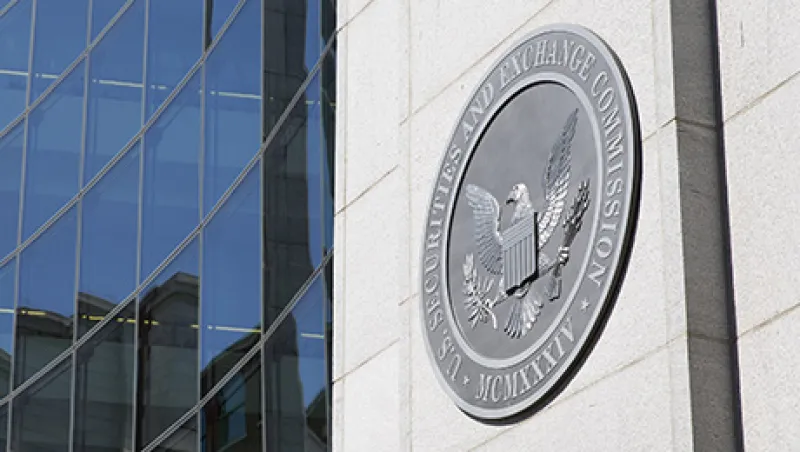The stricter regulations and ultralow interest rates pursued by policymakers in response to the 2008–’09 financial crisis continue to act as a drag on the performance of traditional players like banks and asset managers. Not surprisingly, investors have become more interested in business development companies.
A BDC is a closed-end investment company registered under the Investment Company Act of 1940 that must follow generally accepted accounting principles. A BDC loans money to or invests in small and developing businesses. This type of investment unit has been in strong demand recently, given the high yields available in middle-market lending.
But with BDCs’ rising profile has come scrutiny. New BDCs and secondary offerings from existing BDCs have faced an increasingly vigilant Securities and Exchange Commission. The agency has been paying particular attention to documents about BDC offerings and their accounting policies because these entities often have a large amount of level-three assets, such as mortgage-backed securities, whose fair value can’t be readily determined from market prices. The regulatory scrutiny is further compounded by the fact that the Public Company Accounting Oversight Board, a nonprofit, private-sector watchdog body created under the Sarbanes-Oxley Act of 2002, has been investigating audits performed by independent public accountants. In this climate of heightened regulatory oversight, BDC managers and their boards have a special responsibility to ensure that they report assets at fair value.
Accounting standards define fair value as the price to sell an asset or settle a liability between a willing seller and a willing buyer, also known as an exit price. In an active market, fair value is relatively easy to identify. But no such active market exists for many BDC investments. When this is the case, BDCs must rely on quotes from brokers and third-party pricing services to determine fair value.
BDCs and their investors need to know that an asset’s fair value is equal to its cost in a recent transaction. Accordingly, BDCs must show that there is no contrary evidence to support a different fair value. When BDCs use third-party brokers or pricing services to value level-three assets, it is the BDC’s responsibility to understand the source and nature of this information. For example, price quotes from brokers provide some evidence to support the fair value of a level-three asset. But BDCs should rely less on broker quotes that are not based on transactions, which can be a problem when the trading volume for an asset is low or nonexistent. In such a case, the BDC should evaluate whether prices received from brokers or pricing services are based on the latest information and include assumptions regarding risk.
Third-party quotes for certain assets are usually nonbinding. To that end, a quote might also include a disclaimer that releases the broker from being held to that price in an actual transaction. Moreover, when the quote includes explanatory language or a disclaimer, the BDC should assess whether the quote truly represents fair value or whether an adjustment needs to be made.
BDCs must maintain an effective system of internal controls, which in many cases require an outside audit. Each BDC will have a different set of processes and controls over valuation, which should focus on:
• establishing a clear method to determine fair value
• obtaining and validating source data for use in a valuation model and
• reviewing and approving the results of model outputs with comparisons to other market data.
Every so often, BDCs should review their methods and the data inputs used for valuations. Additionally, the onus is on management to show that its review process is streamlined and precise enough to catch and resolve errors. Lastly, BDC managers need to be mindful of the demands that valuation places on a BDC’s processes and controls, and continually adapt to the changing markets and expectations of regulators and investors.
Eyal Seinfeld is a partner in the financial services office of Ernst & Young. He is based in New York.
Get more on regulation .






